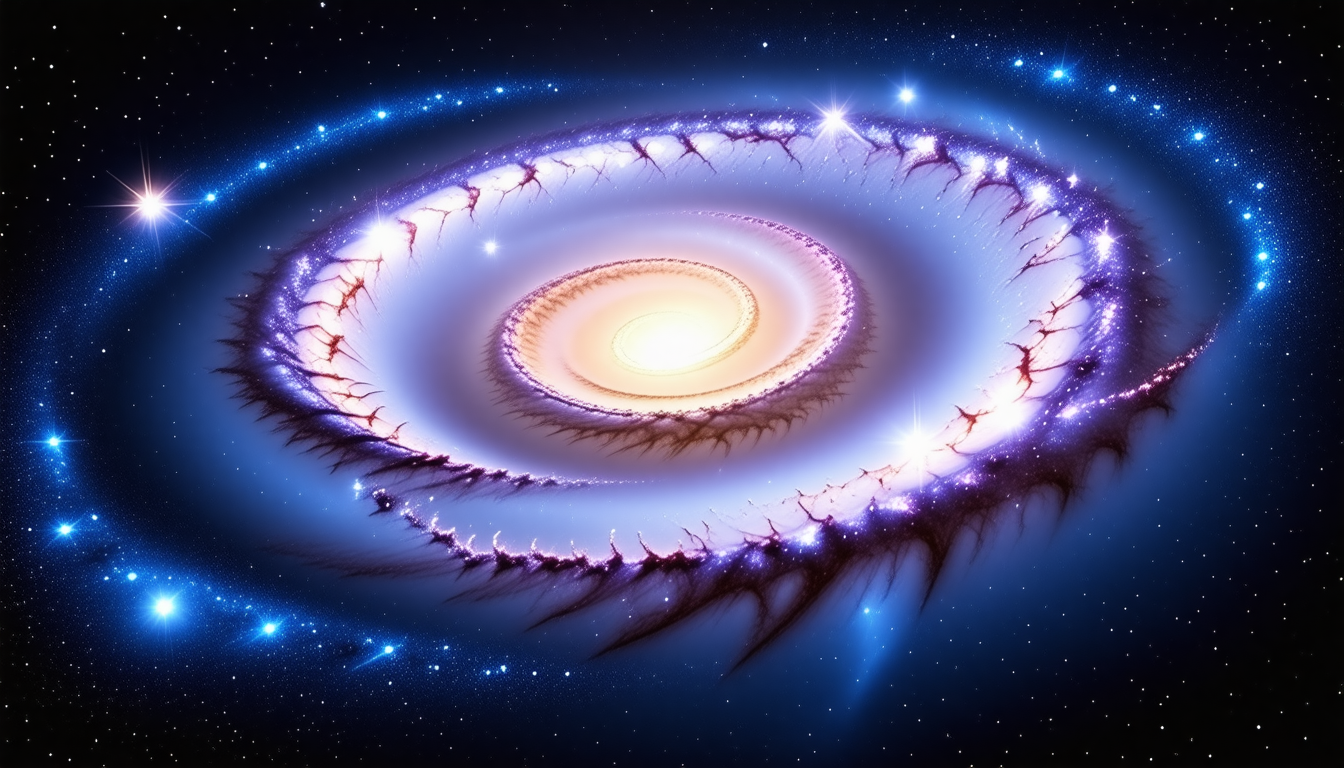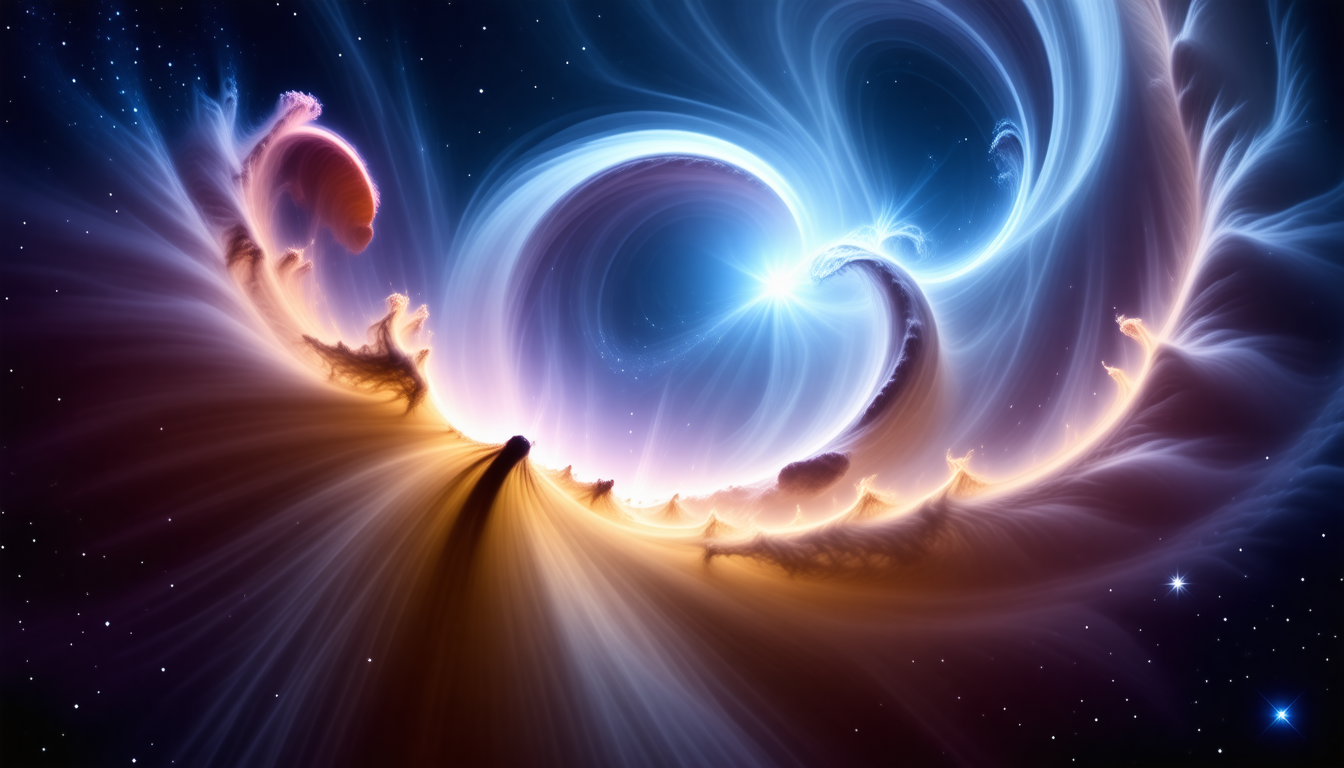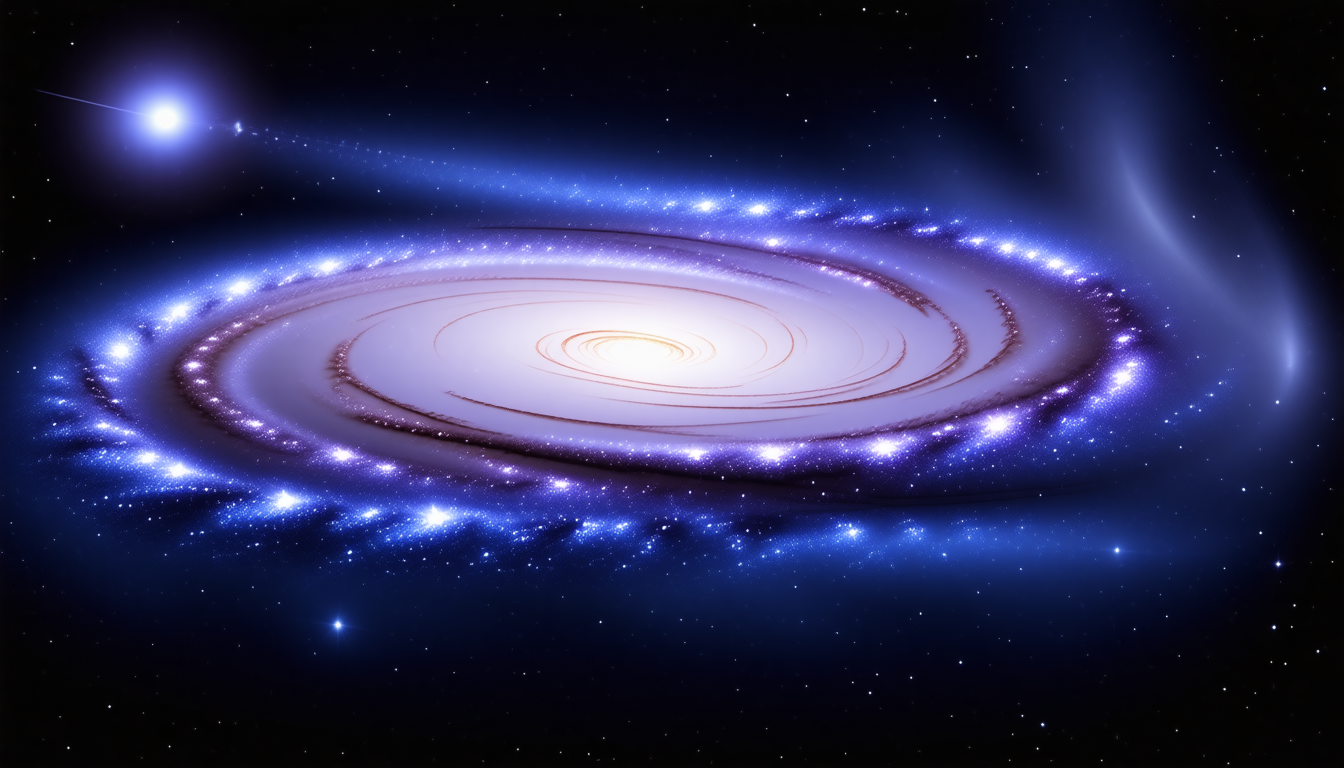Cosmic Beginnings and Human Aspirations

The Expansive Origins of the Universe
Delving into the origins of the universe reveals a captivating tapestry woven with intricate threads of time, matter, and energy. At the heart of state-of-the-art cosmology lies the widely accepted Big Bang Theory, which asserts that approximately 13.8 billion years ago, everything we know began from an initial state of unimaginable density and temperature. This was not merely an explosion in the conventional sense but an unprecedented expansion of space itself. As this rapid expansion unfolded, it generated all the fundamental forces known today, alongside elementary particles that would eventually form the building blocks of matter.
In those first moments, the universe was a chaotic realm dominated by energy. As it expanded, it began to cool, allowing particles to coalesce into protons and neutrons. Shortly afterward, these particles combined to form hydrogen and helium atoms, the universe’s primordial elements. This initial combination of matter laid the groundwork for more complex structures to emerge over time, guided by the invisible hand of gravity. Gradually, clouds of gas began to collapse under their own gravitational pull, igniting the nuclear fusion processes that led to the formation of stars. These early celestial bodies clustered together, eventually forming galaxies and the vast cosmic structures that fill the universe today.
Remarkably, remnants of this early universe still echo throughout space in the form of cosmic microwave background radiation (CMB). This faint glow can be detected from all directions, serving as a snapshot of the universe when it was just 380,000 years old. Analyzing the temperature fluctuations in the CMB not only provides critical insights into the density variations present in the early cosmos but also reinforces the predictions of the Big Bang Theory, illustrating a universe shaped by intricate yet profound forces.
Interestingly, as scientists continue to build upon the Big Bang model, various alternative theories have emerged, each offering tantalizing possibilities about the nature of our existence. One such consideration involves the concept of a multiverse, suggesting that our universe might only be one of countless others, each with its own distinct laws of physics and conditions. This notion challenges dualities of beginnings and endings, instead proposing a continuous cycle of cosmic expansion and contraction across an infinite landscape. Such perspectives invite a radical re-evaluation of humanity’s place in a seemingly indifferent cosmos.
In grappling with these theories, we are prompted to think deeper, existential questions about our existence: What is consciousness in a universe that birthed countless stars, some of which have likely harbored life? How do we reconcile the beauty of celestial phenomena with the vastness of the empty voids that span between superclusters? As we seek to understand the expansive origins of the universe, we uncover not just the mechanisms of creation but also the profound implications they hold for our future.
This scientific quest to decipher the universe’s beginnings intertwines beautifully with humanity’s innate curiosity, a desire to explore beyond the boundaries of our planet. Each discovery, whether mapping the earliest galaxies or unraveling the origins of dark matter, adds a new layer to our understanding, gradually reshaping our perception of reality. The interconnected journey from the birth of the universe to our present moment remains a testament to the intricate relationship between cosmic history and the ever-evolving tapestry of human knowledge.
Thus, the expansive origins of the universe beckon us to not only investigate the fundamental laws that govern it but also to reflect on the very essence of existence itself. With each piece of evidence uncovered, we find ourselves standing on the precipice of further exploration, gazing into the endless cosmos and the mysteries it holds. Indeed, the more we learn, the more we are reminded of our responsibility to protect our home planet while nurturing our collective aspiration to reach for the stars.

Mysterious Cosmic Structures and Their Evolution
The intricate tapestry of the universe is adorned with a plethora of fascinating cosmic structures that tell the story of its evolution. From dense galactic clusters to vast cosmic voids, each layer of structure reveals the processes and forces that have shaped the universe we observe today. At the foundation of this cosmic architecture lie galaxies, vast collections of stars, gas, dust, and dark matter, which come together through the delicate interplay of gravitational forces.
Galaxies themselves are rich in diversity and complexity, broadly classified into several categories based on their shapes and stellar populations. Spiral galaxies, for instance, boast majestic arms that wind outward from a central bulge, serving as hubs of star formation where gas and dust coalesce to create new stars. The Milky Way, our cosmic home, is a prime example, showcasing both the beauty and dynamism of stellar nurseries nestled within its spiraling arms. In contrast, elliptical galaxies exude a more subdued demeanor, characterized by a smooth, elliptical profile and composed primarily of older stars. With significantly less gas and dust, these galaxies are far quieter in terms of star formation, reflecting the passage of time and the cycles of stellar evolution.
There are also irregular galaxies, which defy conventional shapes and often exhibit chaotic structures. Their irregularities can stem from interactions with neighboring galaxies or the remnants of gravitational mergers. These galaxies often contain abundant gas and dust, fueling hotspots of star formation and leading to a captivating mix of young, hot stars and dynamic patterns within their boundaries. The diversity among galaxy types highlights various stages of cosmic evolution, urging us to explore the myriad processes at play in the universe’s historical narrative.
As we continue to step back and examine the universe at an even larger scale, we can perceive the formation of cosmic structures extending beyond individual galaxies into clusters and superclusters. Superclusters are massive groupings that encompass hundreds or even thousands of galaxies tethered together by the force of gravity. These colossal formations represent the densest regions of the universe, where clusters of galaxies coalesce into a grand cosmic web. The complexities of these structures reveal the enormous gravitational forces at play and how they have shaped the unique distribution of galaxies throughout cosmic history.
The organization of galaxies, particularly as they form clusters, leads us to recognize the existence of an elaborate cosmic web—a network of filaments comprised of galaxies and dark matter, interspersed with vast voids containing little to no matter. The cosmic web can be likened to a soap bubble, with filaments acting as the connecting threads between the bubbles, while voids serve as the spacious areas where matter is relatively sparse. This fascinating structure underscores the gravitational dynamics that guided matter toward denser regions over billions of years, giving rise to the intricate architectures we observe today.
Cosmic evolution also intricately weaves through various epochs marked by significant events, each contributing to the larger cosmic story. Galactic mergers and interactions serve as pivotal moments, igniting bursts of star formation and triggering cascading effects throughout the surrounding regions. Similarly, the phenomena of dark matter and dark energy play crucial roles in shaping the evolution of cosmic structures. While dark matter acts as the invisible scaffolding providing the gravitational glue that binds visible matter together, dark energy is responsible for the accelerated expansion of the universe—a mystery that remains at the forefront of cosmological research.
As we endeavor to comprehend the evolution of cosmic structures, we are reminded that our place within the universe is both interconnected and wonderfully fragile. Each galaxy, star, and planet tells a part of the story, and through their study, we inch closer to unraveling the mysteries that define our existence. The evolution of the universe continues to unfold as a dynamic narrative, challenging us to seek knowledge, embrace wonder, and expand our understanding of the cosmos that cradles us. As we delve deeper into this exploration, we become astute participants in the cosmic saga that weaves through the very fabric of reality itself, sparking questions about our potential future among the stars.

The Future: Exploring New Worlds and Possibilities
As we look toward the future, the exploration of new worlds and possibilities beckons us with both excitement and trepidation. The motivation to expand beyond our Earthly confines stems from our innate curiosity and the pressing need for survival, especially in light of the a high number of challenges our planet faces today. The dreams of interstellar travel, colonization of other planets, and the quest for extraterrestrial life are no longer relegated to the realm of science fiction; rather, they represent the next frontier in humanity’s journey through the cosmos.
With the advancements in space technologies, we stand at the threshold of possibilities previously thought unattainable. Agencies like NASA and the European Space Agency, alongside private companies such as SpaceX, are laying the groundwork for missions that target the Moon, Mars, and beyond. The Artemis program aims to return humans to the Moon by the end of the decade, establishing a sustainable presence that could serve as a launching point for deeper exploration. This lunar base would act as a testbed for technologies necessary for human survival beyond Earth, enabling in-situ resource utilization to harvest materials from the Moon itself to support upcoming missions to Mars.
Looking beyond the Moon, Mars captivates many with its potential for human colonization. The conditions on the Red Planet present unique challenges, but they also offer the tantalizing possibility of using its resources to create habitats that could support human life. This endeavor pushes us to think not just the scientific and technological requirements for survival but also the philosophical implications of becoming a multi-planetary species. As we ponder terraforming Mars to one day mimic Earth’s conditions, we must engage with questions about our responsibilities to these new worlds and the preservation of any potential Martian ecosystems.
Perhaps, more significantly, this drive to explore new worlds compels us to confront existential questions about our own planet. As we extend our reach into the cosmos, we are reminded of Earth’s vulnerabilities, sparking increased efforts to address climate change and environmental degradation. The lessons drawn from our exploration of Mars and other celestial bodies can inform solutions to our pressing challenges at home, fostering a sense of stewardship that emphasizes our role as caretakers of both Earth and any worlds we might inhabit in the future.
Astrobiology emerges as a critical field in this quest for understanding life’s potential beyond our planet. By studying extreme environments on Earth, such as hydrothermal vents and acidic lakes, scientists glean insights into the possibilities for life in the harsh conditions found on other planets. The discovery of subsurface oceans on moons like Europa and Enceladus adds layers of complexity to our understanding of habitability, as we no longer limit our search for life to Earth-like conditions. This gradual expansion of the criteria for life fuels further exploration, igniting excitement as we realize that we may not be alone in the universe.
Yet the ramifications of exploring new worlds extend far beyond merely seeking life or harvesting resources. The interconnectedness of science, philosophy, and ethics comes into greater focus as discussions about colonization raise pertinent questions about ownership, environmental responsibility, and ethical engagements with extraterrestrial lives, should they exist. How do we ensure that our expansions do not replicate the exploitative histories of colonialism on Earth? What ethical frameworks must govern our interactions with other planetary bodies? These questions weave together the scientific with the moral, urging us to adopt a holistic view as we take a step toward the unknown.
The exploration of new worlds and possibilities represents not only a scientific endeavor but a profound philosophical journey. As we reach for the stars, we remind ourselves of our responsibilities to our planet and the greater cosmos. Every mission to Mars or potential encounter with extraterrestrial intelligence compels us to reflect on what it means to be human—curious, innovative, and interconnected. As we set our sights on the future, we do so with a sense of awe, wonder, and hope, forging a path toward a destiny written among the stars.